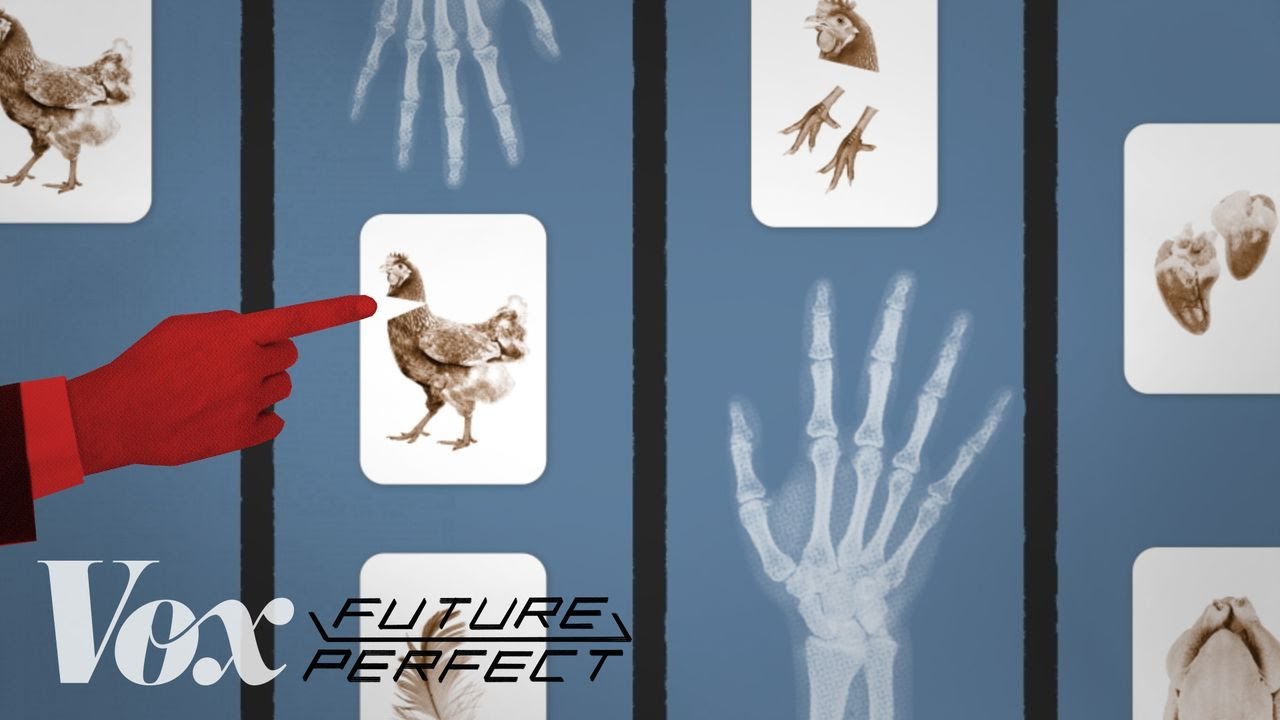But but it worked on my machine
In 2004, the FDA estimated that 92 percent of drugs that pass preclinical tests, including “pivotal” animal tests, fail to proceed to the market.More recent analysis suggests that, despite efforts to improve the predictability of animal testing, the failure rate has actually increased and is now closer to 96 percent






The good news is that some progress has been made in the US. The semi-recent (2022) FDA modernization act 2.0 removes mandates for animal testing in law and allows other testing methods to be used instead
There’s another bill (FDA modernization act 3.0) that was just reintroduced a few days ago to not just allow the FDA to use non-animal testing, but to require that the FDA start actually working to allow it and setup pathways, rules, requirements, etc. And prioritize the review of drugs done via approved non-animal testing
It includes various reporting, safety, etc. requirements laid out so it wouldn’t just be handing it blindly to the current admin
The 2.0 act was suprisingly bipartisan, so it’s not a given that the 3.0 act would be doomed. Call your house representative and senators to make sure it gets through!